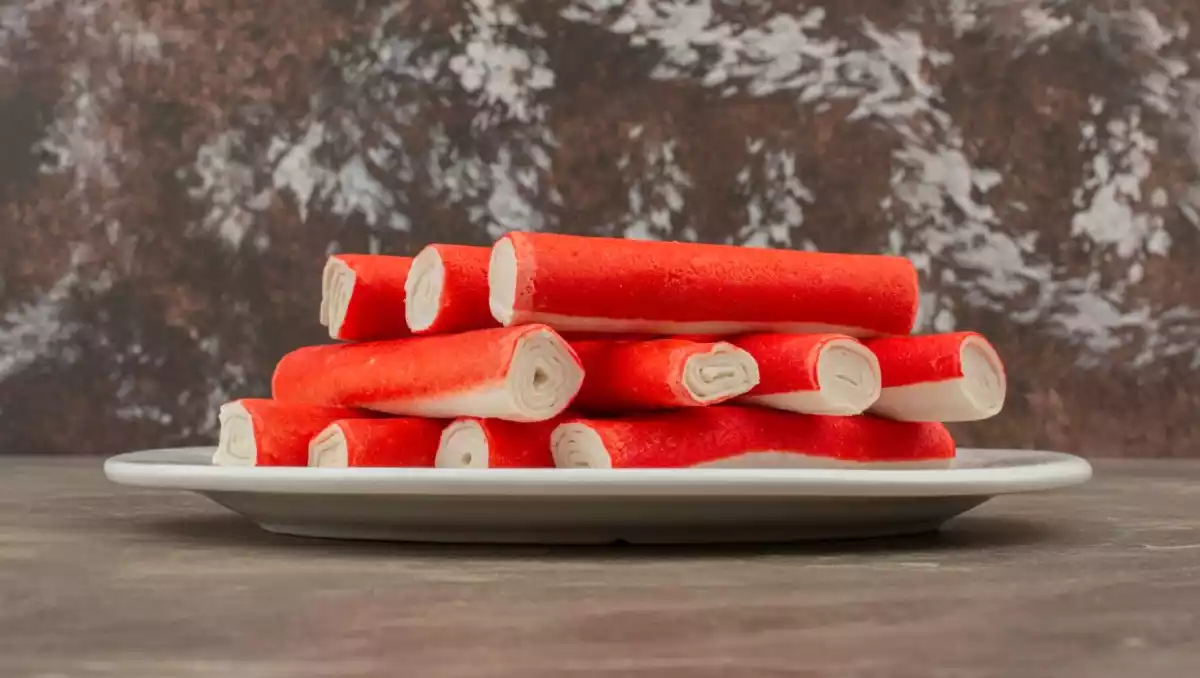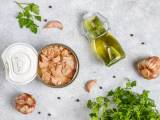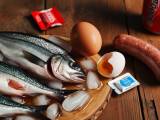Surimi: the "fake crab" that fooled everyone!

Have you ever ordered a seafood salad or crab sushi and thought, "It tastes different than usual..."? You were probably eating surimi, the enigmatic "fake crab" that has been appearing on our plates for years without our realizing it. But what is surimi really? How is it produced? Is it healthy or does it hide some pitfalls? Let's find out together the truth about this mystery food that has conquered restaurants, supermarkets and kitchens around the world.
What is surimi: the truth beneath the surface
Surimi is not crab at all, although its appearance and taste can be misleading. It is a white fish-based food paste, typically made from Alaskan cod, hake or other lean-meat fish, which are carefully shredded, washed several times to remove fat and impurities, and then mixed with starches, thickeners, sugars, salt, artificial flavors and food coloring. The result is a malleable, flavorless mixture processed to faithfully reproduce the texture and taste of crabmeat, so much so that it is often sold as "artificial crabmeat".
The term "surim i" literally means "minced fish" in Japanese. Its origins go back more than 900 years in Japanese culinary tradition, where it was used to preserve fish longer in the form of dough. However, it is only since the 1970s that industrial surimi has become widely available in Western markets due to its long shelf life, low cost, and versatility in cooking.
Why is surimi used instead of real crab?
Simple: it is much cheaper. Real crab has a high cost, is complex to clean and deteriorates easily. Surimi, on the other hand, is cheap, practical to store and boasts a long shelf life. Food companies choose it to cut production costs and give dishes a "gourmet" air, without necessarily specifying it transparently.
Where do you find surimi?
Today surimi is widely used in industrial products such as sushi, seafood salads, fish snacks, and frozen appetizers. It is not only found in maki or nigiri: you can also find it in fish sticks, ready meals, and packaged salads. Always read the label: if the words "fish-based preparation" or simply "surimi," you are about to consume the famous "fake crab".
Is surimi healthy or is it bad for you?
Nutritionally, surimi has both advantages and disadvantages: on the one hand, it is rich in protein and naturally low in fat, making it attractive to those on a low-calorie diet; on the other hand, however, it often contains additives, sugars, salt, and artificial coloring, which reduce its health profile. Unlike fresh fish, moreover, surimi does not provide omega-3 in significant quantities, and due to complex industrial processing, protein quality may be compromised.
Conclusion: eat surimi or avoid it?
Surimi is not a dangerous food, but neither is it a superfood: it is a practical and inexpensive industrial product that can be included in the diet only occasionally. That is why it is advisable to consume it in moderation and to prefer, whenever possible , more natural and less processed sources of fish, rich in nutrients and free of additives. Ultimately, the best choice starts with awareness: really knowing what you're eating-and now you know!
You might also be interested in:
 Daniele Mainieri
Daniele Mainieri
